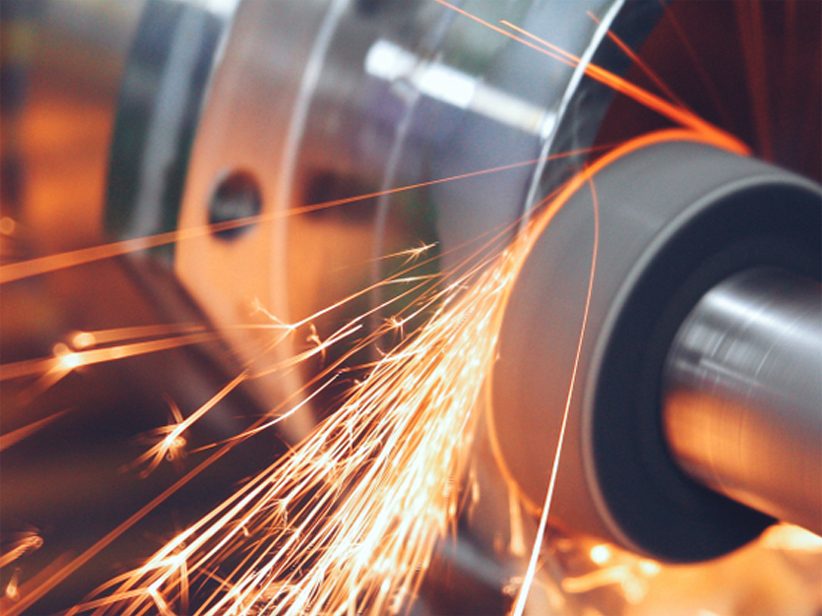Stainless Steel - Grade 430/1.4016
Description
Grade 430/1.4016 stainless steel is a ferritic, non-hardenable chromium stainless steel known for its good corrosion resistance, formability, and aesthetic finish. It is commonly used in applications where moderate corrosion resistance is required, along with good mechanical properties.
Chemical Composition
The typical chemical composition of Grade 430 stainless steel is as follows:
| Element | Composition (%) |
|---|---|
| Carbon (C) | 0.0 - 0.12 |
| Manganese (Mn) | 0.0 - 1.0 |
| Silicon (Si) | 0.0 - 1.0 |
| Phosphorus (P) | 0.0 - 0.04 |
| Sulfur (S) | 0.0 - 0.03 |
| Chromium (Cr) | 16.0 - 18.0 |
| Nickel (Ni) | 0.0 - 0.75 |
| Iron (Fe) | Balance |
Mechanical Properties
The mechanical properties of Grade 430 stainless steel in the annealed condition are:
| Property | Value |
|---|---|
| Tensile Strength (UTS) | Minimum 450 MPa (65 ksi) |
| Yield Strength (0.2% YS) | Minimum 205 MPa (30 ksi) |
| Elongation | Minimum 22% in 50.8 mm (2 in) |
| Hardness (HB) | Maximum 89 HRBW |
Thermal & Physical Properties
The thermal and physical properties are as follows:
| Property | Value |
|---|---|
| Density | 7.74 g/cm³ (0.28 lb/in³) |
| Thermal Conductivity | 15.0 W/(m•K) at room temperature |
| Modulus of Elasticity | 200 GPa (29 x 10³ ksi) |
| Coefficient of Thermal Expansion | 10.4 μm/m-°C (20-300°C) |
| Electrical Resistivity | 60 μ ohm.cm |
| Thermal Conductivity | 26.1 W/m-K |
Other Designations
Grade 430 corresponds to several designations, including:
Fabrication and Heat Treatment
Grade 430/1.4016 stainless steel can be easily fabricated using standard methods. Key points include:
Applications
Grade 430/1.4016 stainless steel is widely used in:
Supplied Forms
Grade 430/1.4016 stainless steel is available in various forms, including:
Features
This datasheet provides a comprehensive overview of Grade 430 stainless steel, highlighting its properties, applications, and processing requirements.






